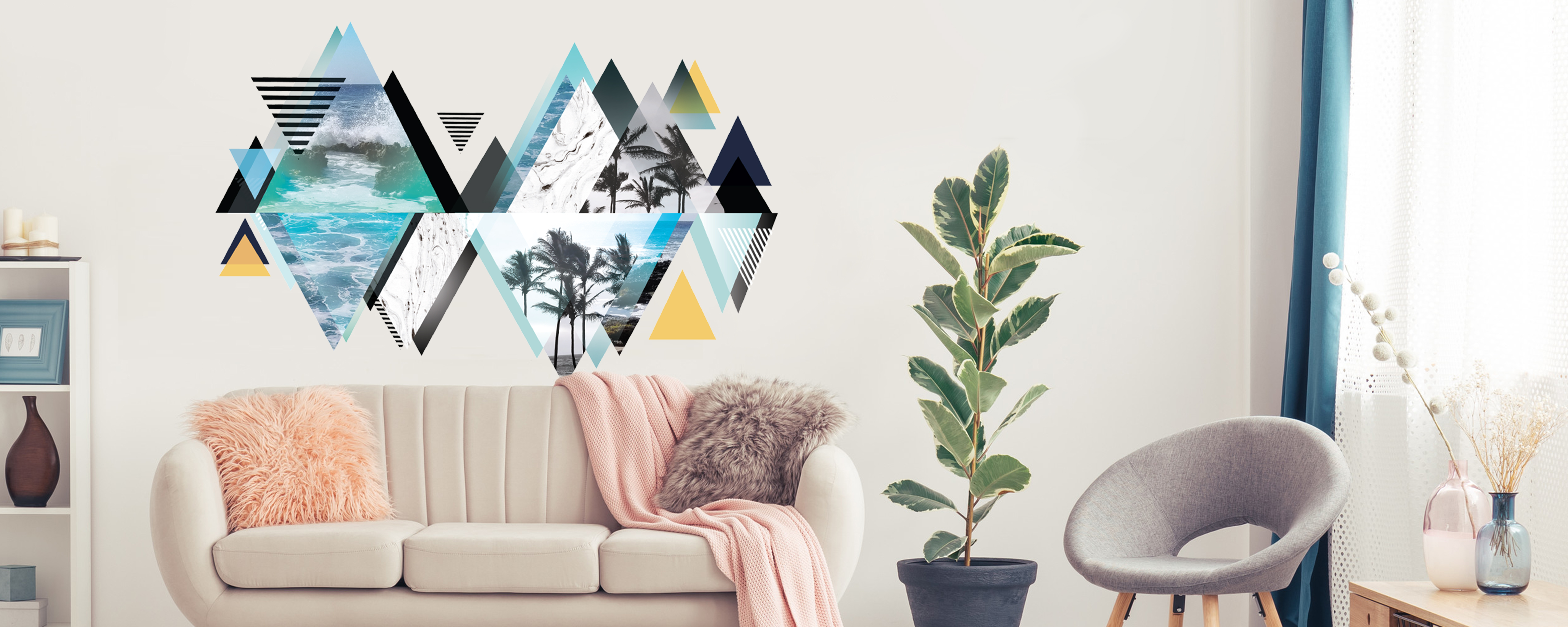HOW TO MAKE A GREAT CHARCUTERIE BOARD
A charcuterie board is a collection of cured meats, cheeses, fruits, nuts, crackers, and spreads arranged artfully on a wooden board or table. It actually dates back to the 15th century, the term comes from the French word " Pork Butcher". In America we say "shar-koo-tuh-ree", Once you get used to it, it's not that hard to pronounce.
Charcuterie is perfect centerpiece for a gathering, allowing guests to snack and socialize while enjoying a variety of flavors and textures. Feel Free to pair with different cocktails, wine, beer or sparkling water. Here are the steps to make a traditional charcuterie board:

Choose a board: The board should be large enough to accommodate all the items you want to include. Consider the size, shape, and style of the board based on the occasion, the number of guests, and your personal preferences. If you are making charcuterie for one or two, a small board is a perfect fit. If youre having a large party, mix and match a few different boards and stands. You can even lay down some butcher paper and use your entire kitchen table. A wooden board is the traditional choice for a charcuterie board, but you can also use marble, slate, cake stands or any serving platters. There are many types of Wooden Charcuterie boards, Here's a write up we did on choosing a board that's perfect for you.
Select meats: Charcuterie boards typically include cured meats such as salami, prosciutto, ham, and saucisson. Choose a variety of textures and flavors, from soft and creamy to hard and spicy. You can also include meaty spreads like pâté or rillettes. When selecting meats, consider the length of the event, as some cured meats can dry out quickly.
Pick cheeses: Select a variety of cheeses with different textures, tastes, and milk types, such as hard and soft cheeses, blue cheese, brie, cheddar, goat cheese, and gouda. Try to include a range of cheese styles and flavor profiles, from sharp and tangy to creamy and mild. When selecting cheeses, consider the time of day and the occasion, as some stronger-flavored cheeses may be better suited for an evening event.
Add fruits, veggies and nuts: Fruits like grapes, figs, and dried apricots complement the savory flavors of meats and cheeses. Cucumber slices are a great addition as they offer a healthy alternative to crackers. We love incorporating some veggies like olives, celery, and cherry tomatoes. They add a splash of vibrant color to the presentation. Nuts like almonds, walnuts, and cashews also add texture and flavor to the board. When selecting fruits and nuts, consider the season and availability, as well as the colors and flavors that complement the other items on the board.
Include crackers and bread: Crackers and bread are a great way to add texture to the board and help balance the richness of the meats and cheeses. Choose a variety of crackers, including plain, whole grain, and flavored options. When selecting crackers, consider the size and flavor of the cheeses and meats, as well as the other accompaniments.

We often Travel with, and bring Charcuterie boards to Our gatherings, We find it easier to carry 2 or 3 boards with us and pre pack all the ingredients to arrange on the go.
Add spreads and condiments: Spreads like honey, jam, and mustard add a touch of sweetness and are great for dipping. You can also include spreads like hummus or tapenade for added flavor and texture. When selecting spreads and condiments, consider the flavors and colors of the other items on the board, as well as the preferences of your guests.
Arrange the items: Start by placing the meats on the board, then add the cheeses, fruits, nuts, and crackers. Make sure to arrange the items in a visually appealing way and leave enough space for all the items. Consider grouping similar items together, such as cheeses of the same type, or arranging items in a way that creates a color pattern. If you are making a board for people with diet restrictions, you can seperate some items on a different board or omit an ingredient all together. You can also use edible flowers, herbs, or greenery to add some color and interest to the board.
Serve: Once everything is arranged on the board, it's ready to be served. You can place it in the center of the table and let guests help themselves, or you can serve individual portions as an appetizer. Consider providing plates, napkins, and utensils for your guests, and have a variety of knives available for slicing and spreading.
When making a charcuterie board, it's important to consider balance, both in terms of flavor and presentation.
Please Remember Charcuterie Boards will last a lifetime if taken care of properly. Take a look at Our instructions on How to care for your charcuterie board.

